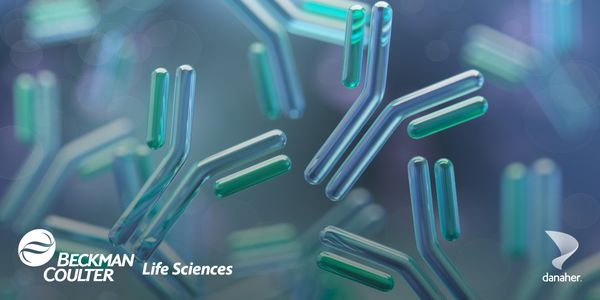Keynote - Psychosis as a Learning and Memory Disorder
The hippocampal formation is one of the most extensively studied regions of the brain, with well described anatomy and basic physiology; moreover, aspects of human memory mediated by hippocampus are well characterized. In schizophrenia, alterations in hippocampal anatomy, perfusion and activation are consistently reported; impairments in declarative memory function, especially in the flexible use of event memories (e.g., in the service of memory-based inference), are common. Postmortem molecular changes suggest a selective reduction in glutamate transmission in the dentate gyrus (DG) and in its efferent fibers, the mossy fiber pathway. A reduction in DG glutamatergic output and in its information processing functions could generate two co-occurring outcomes in hippocampus: (a) a change in homeostatic plasticity processes in CA3, accompanied by increased activity due to reduced afferent stimulation from DG onto CA3 neurons, a process that could increase the ‘pattern completion’ functions of CA3; and (b) the loss of DG-specific mnemonic functions, namely ‘pattern separation’, a change that could increase the prevalence of illusory pattern completion and reduce discrimination between present and past experiences in memory. The resulting increase in ‘runaway’ CA3-mediated pattern completion could result in cognitive ‘mistakes’, generating psychotic associations and resulting in memories with psychotic content. Tests of this model could result in novel approaches to the treatment of psychosis and declarative memory alterations, and novel animal preparations for basic schizophrenia research.






